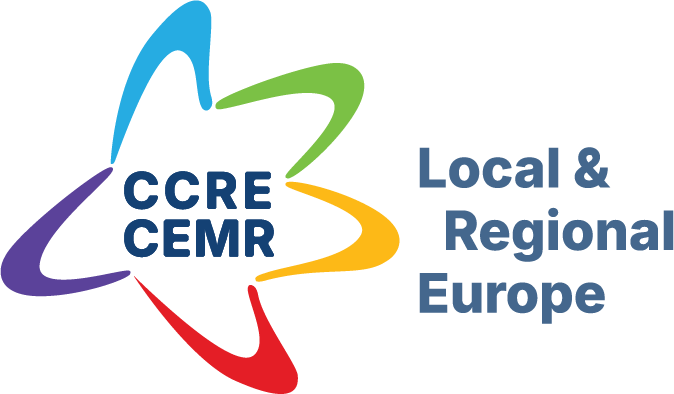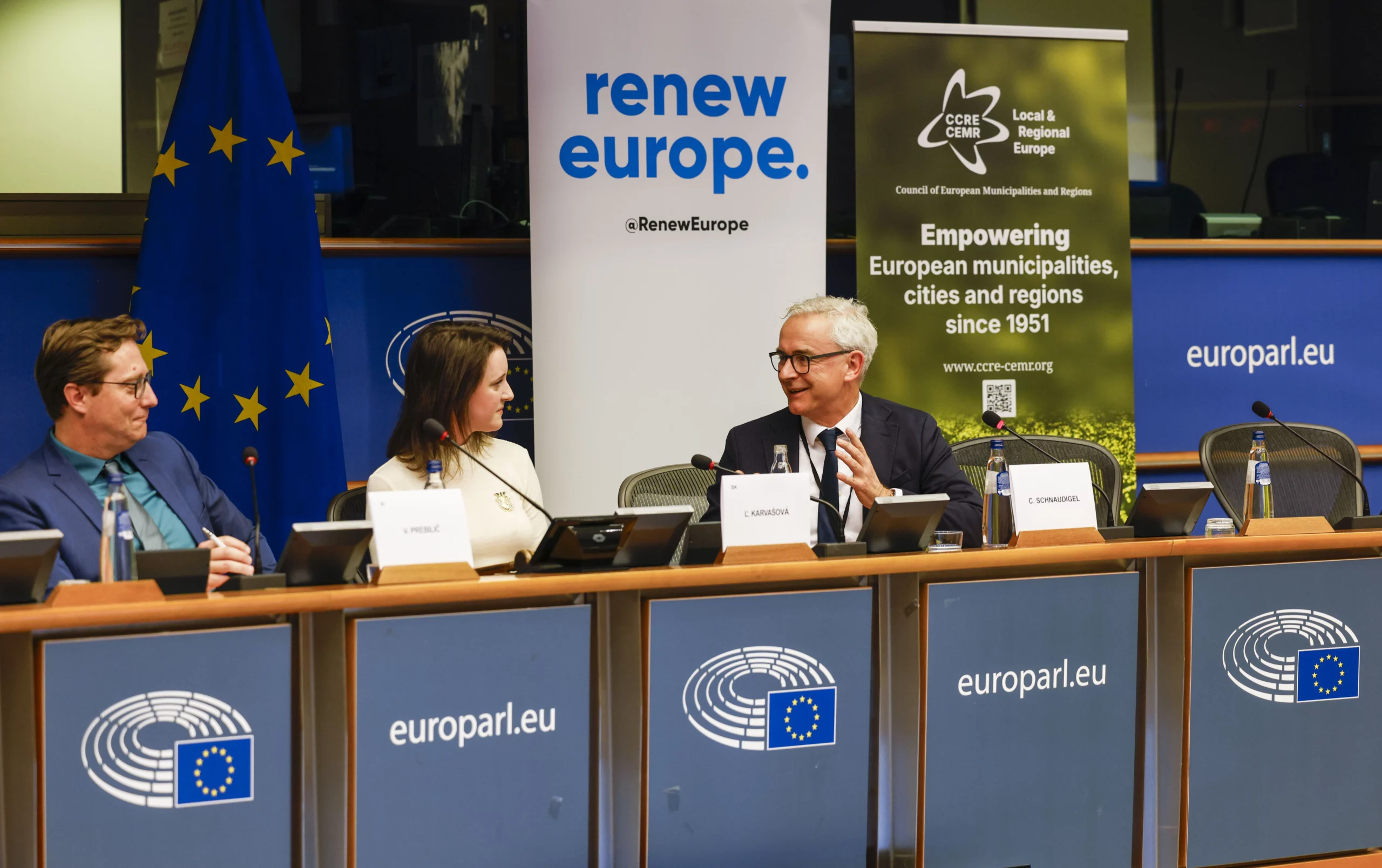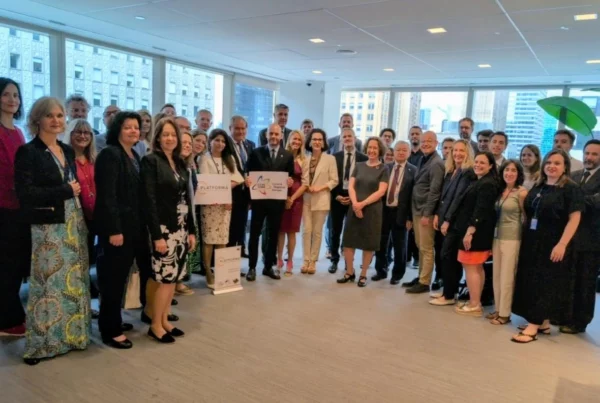Don’t repeat Recovery and Resilience Facility mistakes: local governments must shape EU’s long-term budget
As the European Commission prepares to unveil its proposal for the post-2027 Multiannual Financial Framework today, Wednesday (16 July), attention is turning to how the EU will shape its long-term investment strategy.
What is at stake is not just the amount of funding, but how and with whom those resources will be planned and implemented.
At the EU annual budget conference in May, EU Commission President Ursula von der Leyen made a shift in tone.
For the first time, she spoke not only of “national” plans, but of “national and regional partnerships for investments and reforms.”
This is more than a semantic change, but words must be followed by action. Without concrete steps, even the most inclusive language risks remaining just words.
The new proposed investment architecture is set to build on lessons from the Recovery and Resilience Facility (RRF). But unless a key flaw of the RRF is addressed — namely, the lack of involvement of local actors — the same mistakes will be repeated.
If we want these partnerships to succeed, they must be co-created with the local and regional governments that will implement them. From green mobility to housing and digital infrastructure, success also depends on getting the governance right.
Luckily, we do not need to start from scratch. The word “partnership” recalls an existing model: the Partnership Agreements used in the Cohesion Policy. These already require member states to involve local and regional governments in shaping investment strategies.
In countries like Poland and Portugal, it has led to investments aligned with real local needs—revitalising industrial areas, developing green transport—showing that when local actors are at the table, EU funding delivers real impact.
But this is about more than funding. As the EU aims to pair investments with reform, multilevel governance must become a central principle of the reform agenda itself. We are therefore calling for:
1. A co-creation approach that underpins new investment and reform partnerships, with transparent and structured mechanisms to involve local and regional governments in shaping priorities, both at the national level and within EU processes such as the European Semester.
2. Multi-level governance must be embedded in the reform dimension of these partnerships, ensuring that Member States not only consult but also empower local and regional governments to act as both planners and implementers.
3. A funding model that respects the principle of subsidiarity, with flexible, bottom-up approaches and less stringent thematic concentration decided at the Commission level to avoid the repetition of the challenges recalled in the mid-term revision of the RRF.
The EU stands at a turning point. The next long-term budget is a chance to move towards a more democratic, grounded, and effective policymaking, or to repeat the mistakes of the past. Let’s not miss this chance. Let’s make partnership the rule, not the exception.
Signatories:
- Christopher Schnaudigel is co-president of the Council of European Municipalities and Regions (CEMR), vice-president of the German Section of CEMR (RGRE), and president of the county of Karlsruhe (German County Association)
- Ľubica Karvašová is an MEP, vice-chair of the Committee on Regional Development, Renew Europe coordinator in REGI Committee
- Vladimir Prebilič is an MEP, rapporteur on Simplification of the Cohesion Policy, Greens/EFA Coordinator in the REGI Committee.
*****
This opinion article was published on EU Observer on 15 July 2025. You can read it here
For more information, contact:

Director – Policy & Impact





